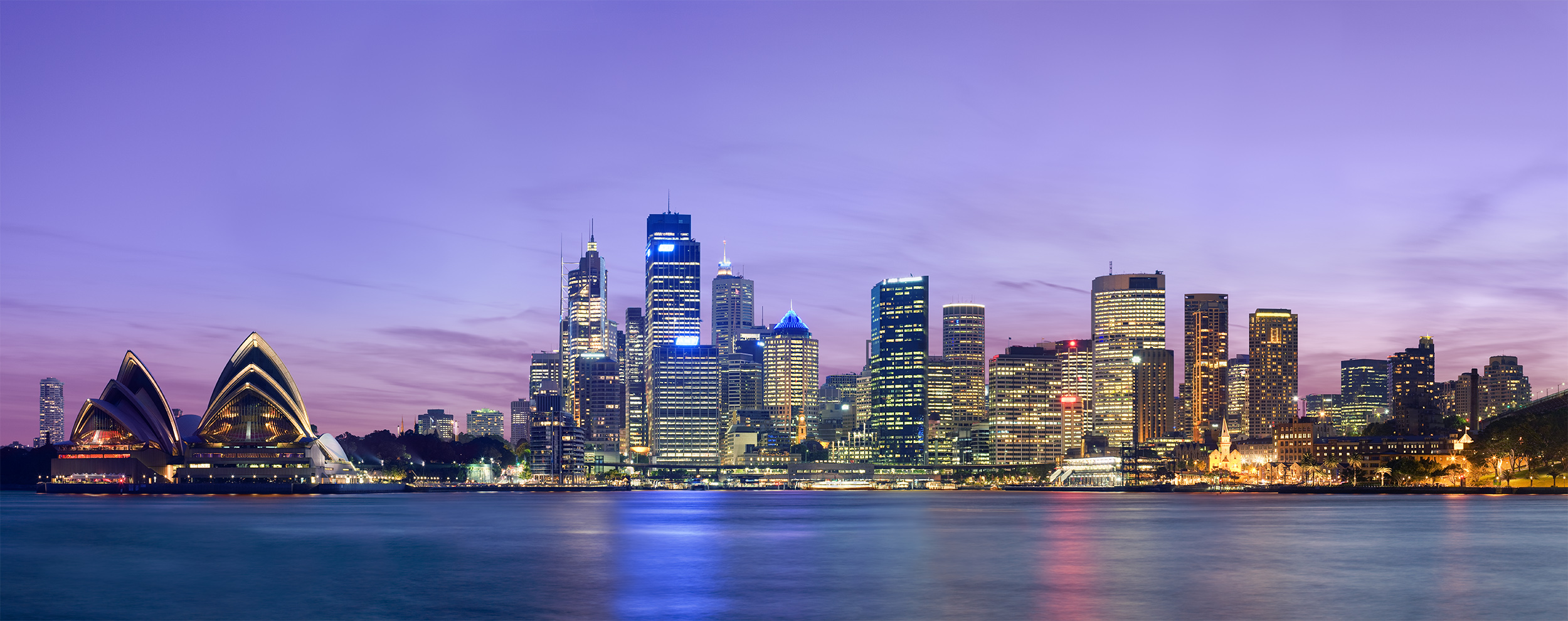In the natural world, going unnoticed can have a great advantage. In fact, stick and leaf insects, or phasmids, survive being eaten by camouflaging themselves as -you guessed it- sticks and leaves. But that’s not the only thing these stealthy insects have going for them.
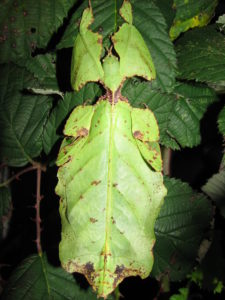
Phasmids are a diverse group of camouflage masters. The name of their order, Phasmatodea, is greek for “apparition” and refers to how effectively they blend into their surroundings1. Phasmids can range in size from half an inch to the longest insect in the world, Phobaeticus chani, at almost two feet long2. Along with their great variation in size, they have evolved to be almost indistinguishable from plants. Many species are various shades of brown to resemble twigs, attracting less attention from predators. Some species also have elaborate growths on their bodies that mimic moss or lichen patches. Others are brightly colored and even have spots reminiscent of a diseased leaf. Most phasmids are nocturnal, spending their days motionless among the plants on which they graze. If they have to move during the day, many of these insects will rock side to side while walking to mimic the motion of a swaying leaf3.

If a phasmid is unfortunate enough to to be caught by a predator, several adaptations can help the insect out of its predicament. Should a bird snag one of the long legs of a phasmid, the insect can simply detach its limb through a process called autonomy. Fortunately, phasmid juveniles are capable of regenerating lost limbs at their next molt (no such luck for mature adults)4.
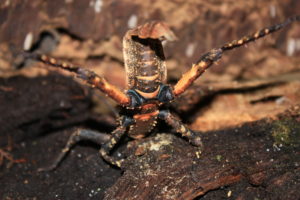
If grabbing a leg doesn’t satisfy a hungry predator, stick insects can reflexively ooze pungent compounds out of their bodies to put off their attacker. Additionally, a few phasmid species are armed with spines along their body that are sharp enough to draw blood if grasped by an assailant3.
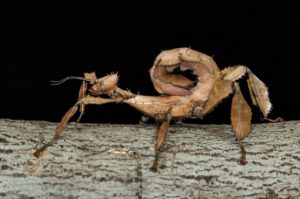
In addition to their defensive adaptations, phasmids have surprising strategies for mating and reproduction. Many phasmid females are parthenogenetic—meaning that their eggs can develop into embryos without the need to be fertilized by males. Unfertilized eggs develop into females; essentially clones of their mother. This adaptation can be useful in avoiding any costs that sexual reproduction can have on females, such as harmful mating and sexually transmitted diseases. In one study involving the spiny leaf insect (Extatosoma tiaratum) of Australia, scientists found that unmated females gave off a pungent “anti-aphrodisiac” that would put off any males looking to mate as well as curling up their abdomens to keep males from clasping onto them5. These behaviors pose several mysteries to biologists interested in conflicts between the sexes.
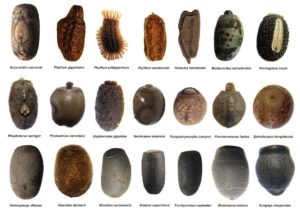
The eggs of stick insects are rather impressive in their own right. Not only do adults resemble plants, but their eggs often mimic the shapes and colors of plant seeds. Stick insect mothers often drop their eggs from high in the tree canopy, and this seed mimicry can help ensure that other animals don’t immediately devour the soft eggs. The seed mimicry doesn’t stop there. Similar to plant seeds, a knob on top of the eggs, called a capitulum, contains fatty acids that ants find irresistible. Foraging ants will collect the “seeds” and carry them back to their nest, where they will feed on the capitulum and leave the rest of the egg intact. Once the egg hatches, the stick insect nymphs are able to escape the ant colony without too much notice6.
So the next time you’re out in the woods, keep an eye out for any twigs with eyes!
- Elzinga, R. J. Fundamentals of entomology. (Pearson/Prentice Hall, 2004)
- Whitman, D. W. The significance of body size in the Orthoptera: a review. Journal of Orthoptera Research 17, 117–134 (2008).
- Bedford, G. O. Biology and Ecology of the Phasmatodea. Annual Review of Entomology 23, 125–149 (1978).
- Maginnis, T. L. Leg regeneration stunts wing growth and hinders flight performance in a stick insect (Sipyloidea sipylus). Proc Biol Sci 273, 1811–1814 (2006).
- Burke, N. W., Crean, A. J. & Bonduriansky, R. The role of sexual conflict in the evolution of facultative parthenogenesis: a study on the spiny leaf stick insect. Animal Behaviour 101, 117–127 (2015).
- Stanton, A. O., Dias, D. A. & O’Hanlon, J. C. Egg Dispersal in the Phasmatodea: Convergence in Chemical Signaling Strategies Between Plants and Animals? J Chem Ecol 41, 689–695 (2015).


